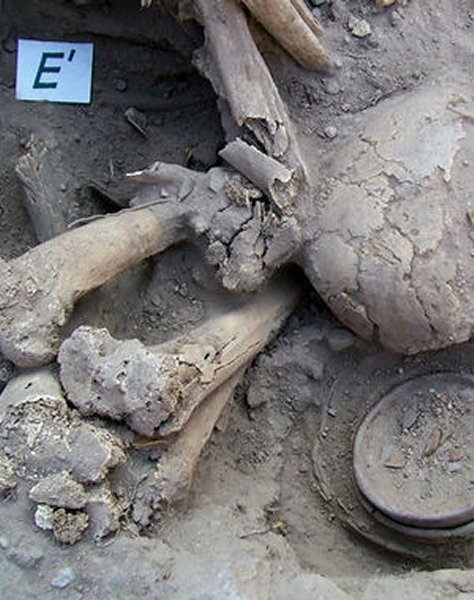MessageToEagle.com – Tombs, containing at least 40 mummies each have been discovered in Peru’s Cotahuasi Valley.
Archaeologists say that at least 171 mummies have been unearthed at the 1,200-year-old ceremonial site.
Located on small hills surrounding the site, archaeologist Justin Jennings says that “the dead, likely numbering in the low thousands, towered over the living.”
Jennings, a curator at Toronto’s Royal Ontario Museum, references the find in a chapter of the newly published book “Tenahaha and the Wari State: A View of the Middle Horizon from the Cotahuasi Valley.”
Before rigor mortis set in, the mummies had their knees put up to the level of their shoulders and their arms folded along their chest. The remains were then bound with rope and wrapped in layers of textiles,’ reports Catholic Online.
The mummies range in age from neonate fetuses to older adults. Some of the youngest mummies, such as infants were buried in jars. The people apparently lived in villages close to Tenahaha.

In poor shape due to water damage and rodents, researchers found some of the mummies were intentionally broken apart. Some had their bones scattered and moved between the tombs.
In one tomb the scientists found almost 400 isolated human remains, including teeth, hands and feet.
“Though many individuals were broken apart, others were left intact,” Jennings wrote in the book. “People were moved around the tombs, but they sometimes remained bunched together, and even earth or rocks were used to separate some groups and individuals.”
See also:
10 Great Ancient Mysteries Of Peru
Some grave goods were smashed apart, while others were left intact, he said.
Finding the reasons behind the selective destruction of the mummies and artifacts is a challenge.
“In the Andes, death is a process, it’s not as if you bury someone and you’re done,” Jennings said in an interview.
The breakup and movement of the mummies may have helped affirm a sense of equality and community. “The breakup of the body, so anathema to many later groups in the Andes, would have been a powerful symbol of communitas (a community of equals),” wrote Jennings in the book.
However, while this idea helps explain why some mummies were broken up, it does not explain why other mummies were left intact, Jennings added.
MessageToEagle.com







